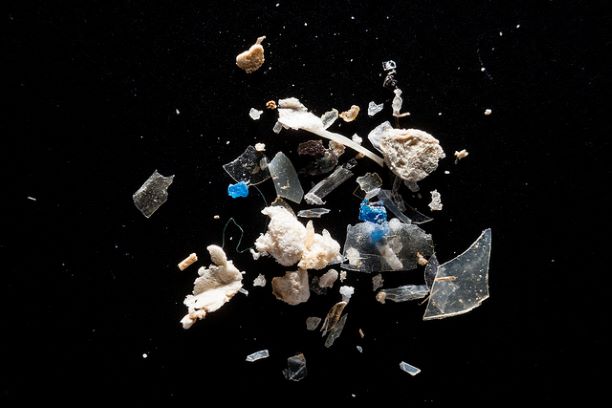The 100 Plastic Rivers Project Gets Cracking
 The menace of plastic
The menace of plastic
Plastic pollution in the world’s oceans is now widely recognized as one of major global threats—but we still know very little about how these plastics are actually reaching the sea. A new global initiative, led by the University of Birmingham shows how focusing on rivers and river mouths can yield vital clues about how we might manage this plastic crisis.
Read: Whale With 40 Kgs of Plastic Washes up in Philippines
The 100 Plastic Rivers project was set up in 2018 to address a lack of knowledge on the transport, fate and ecotoxicity of microplastics in freshwater systems. The project currently involves scientists in over 60 locations worldwide who are sampling water and sediment in rivers.

Led by Birmingham University, a key part of the project is to establish standard methods for sampling and analyzing microplastics in water and sediment samples. For example, the Birmingham team has produced a toolkit with instructions on how to collect samples.
The project is now beginning to develop a protocol for quantifying BPA and nanoparticles. A team looking at how microplastics with different shapes, densities and composition release BPA and nanoparticles at the interface between river water and sediment. The work will also analyse processes controlling how the plastics travel and accumulate.
Professor Stefan Krause, of the School of Geography, Earth and Environmental Sciences at the University of Birmingham, explains: “Even if we all stopped using plastic right now, there would still be decades, if not centuries-worth of plastics being washed down rivers and into our seas. We’re getting more and more aware of the problems this is causing in our oceans, but we are now only starting to look at where these plastics are coming from, and how they’re accumulating in our river systems. We need to understand this before we can really begin to understand the scale of the risk that we’re facing.”
Also read: This 12-Year-Old Built a Robot To Fight Plastic Pollution in Our Oceans
Another team is looking at ways to predict transport, accumulation, and BPA and nanoparticle release from microplastics. Early results from the project’s pilot study with the Clean Seas Odyssey show a wider than expected variety of plastic types in river samples.
The project’s first months have largely been spent on “creating a universal field protocol, validating microplastic extraction methods, getting the correct analytical techniques for microplastic morphological and chemical identification and developing a global network of partners,” says Dr Holly Nel of Birmingham University.
The 100 Plastic Rivers project is funded by the EU’s Horizon 2020 framework, the Leverhulme Trust, the UK’s Royal Society and NGO the Clean Seas Odyssey. The first results of the 100 Plastic Rivers Project will be presented later this month at the General Assembly of the European Geosciences Union.








